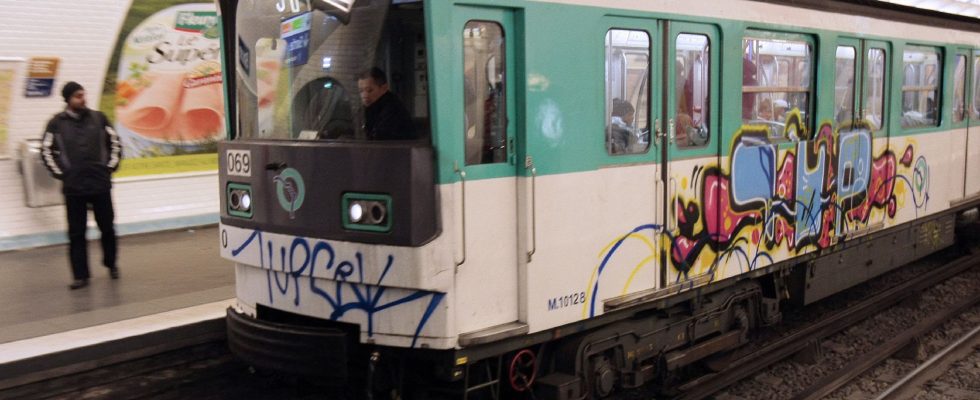The Paris metro is not immune to fine particles. On the contrary, the air is even more polluted there than outside, according to the results of the survey published by the television program “Vert de rage”. For eight months, it mobilized dozens of volunteers to measure air quality on their daily journeys. And the finding is clear: the RATP network has a level of fine particles far too high compared to the recommendations of the World Health Organization (WHO).
The France 5 program focused on PM2.5 particles (whose diameter is less than 2.5 micrometers) inhaled by users. They come both from the polluted air in the streets, which ventilates the stations, and from the trains themselves, which create dust when braking. The circulation of metros and RERs creates “overpollution” of an average of 10.5 μg/m3 compared to the outside air.
Line 5 is the most affected. According to the research of “Vert de rage”, coordinated by Jean-Baptiste Renard, research director of the CNRS and member of the scientific committee of the Respire association, the overpollution is 18 μg/m3 additional compared to the air outside. Next come RER A (+17 μg/m3) and line 9 (+16 μg/m3). On the contrary, the overpollution is less on line 14 (+3 μg/m3) and on line 3bis (+2.5 μg/m3). At station level, overpollution particularly affects Belleville (+60 μg/m3), La Défense (+57 μg/m3) and Pont-de-Neuilly (+49 μg/m3).
By adding the pollution created by traffic to that of the outside air, the level of fine particles on the entire network rises to 24 μg/m3. This is almost five times more than the 5 μg/m3 recommended by the WHO. For the moment, the health consequences remain unknown. A report by the National Health Security Agency (Anses) estimated in 2022 that “the body of studies” was “too limited to be able to draw firm conclusions on the possible health effects of the exposure of users to pollution. air”. She had nevertheless specified that the existing data suggested “the possibility” of a cardio-respiratory impact.
For its part, the RATP questioned the methodology of “Vert de rage”. “Such measurements must be carried out according to validated scientific protocols and with reference material”, reacted to AFP Sophie Mazoué, head of the sustainable development department. The network says it is putting measures in place – like air-exchange devices, or brake pads – to fix the problem.
